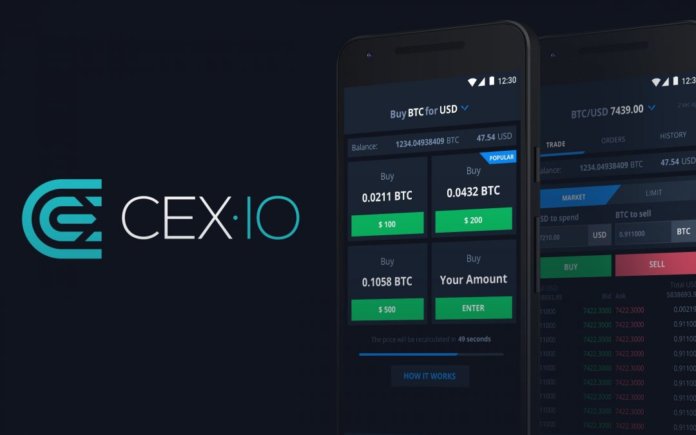People who are new to the world of cryptocurrencies have a lot to learn in order to get the most of them. One of the first things they learn is that they need to find a suitable online cryptocurrency exchange which allows them to buy cryptos for fiat money. That is one of the ways to safely purchase Bitcoins or other cryptos without actually having to work for them (which is yet another way to get your first BTC, albeit much less secure).
Sometimes, newcomers can be a bit overwhelmed with the jargon used among crypto professionals and other users of an exchange. One of these abbreviations they often hear is KYC. What’s KYC, and how can it affect your online exchange experience? What things do you need to know about it in order to safely trade cryptos? Read on!
What’s KYC?
KYC simply stands for Know Your Customer. Although that seems like a very washed-out marketing punchline, it’s actually one of the most essential practices that banks use in order to prevent illegal activities. Simply put, banks need to know some details about you if you’re going to use their services. They will verify your identity before you start doing business with them and make sure you aren’t using banks for things such as money laundering. These practices are pretty much regulated, and everyone who wants to join a bank needs to go through the KYC procedure.
Therefore, online exchange platforms took this concept for themselves. In the world of cryptocurrencies that puts a lot of value in anonymity, exchanges need to find a way to protect themselves and their existing users from the destructive power of illegal money transactions. Like it or not – cryptos were ideal for money laundering at one point.
Therefore, by applying the KYC process, online cryptocurrency exchanges are making sure none of their customers are involved in things such as bribery, corruption, and more.
An Example of KYC at Work
The majority of popular online exchanges use some kind of KYC procedures in order to get to know more about their users and prevent any type of misbehavior. Let’s take a look at how KYC works on the example of one of the popular beginner-friendly online exchange platforms known as CEX.IO.
CEX.IO actually introduces an additional layer of security called AML/KYC protection policy. AML stands for anti-money laundering, and it’s pretty self-explanatory. What’s more important is how CEX.IO (and other similar crypto exchanges, for that matter) puts the AML/KYC policy into practice.
The policy mainly deals with four particular matters, and they are verification processes, compliance officer, transaction monitoring, and risk assessment.
Based on the international standards proposed by KYC and AML frameworks, the exchange made several verification procedures that its new users need to go through in order to comply with the policy.
Identity verification
The first and most crucial verification procedure is the one where the user’s identity is verified. Users are usually asked to provide some kind of identity document (passport, ID, bank statement, or more) in order to prove that they are who they really claim to be. The exchange will then review the provided document and confirm whether they are authentic. Moreover, CEX.IO, as well as other cryptocurrency exchanges that follow similar KYC procedures, keep the right to investigate the identity of a user further if their actions on the platform are regarded as suspicious or unusual. All info that you share with an official crypto exchange remains safe and secure.
Card verification
All users who use cards in order to make payments on online cryptocurrency exchanges can be asked to verify the ownership of the card. This is often done by taking a picture of yourself holding a card. Although not many crypto exchanges consider this a necessary step, they still ask some of the users from time to time. On the other hand, platforms such as CEX.IO will ask all users to go through this process.
What does a Compliance Officer do?
All AML/KYC procedures are overviewed by a single person called Compliance Officer. Their job is to monitor for possible money laundering operations, financing of terrorist groups, and more. They can ask individual users to provide identification information and reserve the right to change and update internal privacy policy in order to keep it up-to-date and in compliance with the international KYC framework. The CO also monitors transactions and does a couple of other important things that all have but one goal – to prevent illegal activities on the platform.
Exchanges monitor users’ transactions as part of their identity verification. In other words, users don’t only have to prove their identity by showing an ID, but also by displaying certain transactional patterns. If a user doesn’t have a regular transaction pattern, they could become suspicious.
Risk Assessment
Finally, many exchanges, including CEX.IO use risk assessment in order to combat terrorist financing and money laundering. By assessing risk, exchanges can predict possible problems and apply countermeasures to prevent them.
Conclusion: It’s your call
You don’t actually have to do it on most of the platforms. However, many of them will limit your deposit and withdrawal limit in order to ensure that you cannot make huge transactions. Once they see who you are and understand that you are not involved in any kind of illegal operation, your limits will be increased.
Therefore, if you’re new to the world of crypto exchanges, you can still conduct some basic transactions without going through the entire AML/KYC process, but they are going to be limited on platforms that require KYC/AML.




